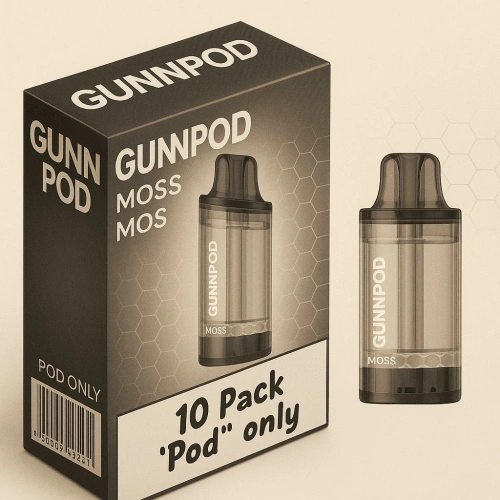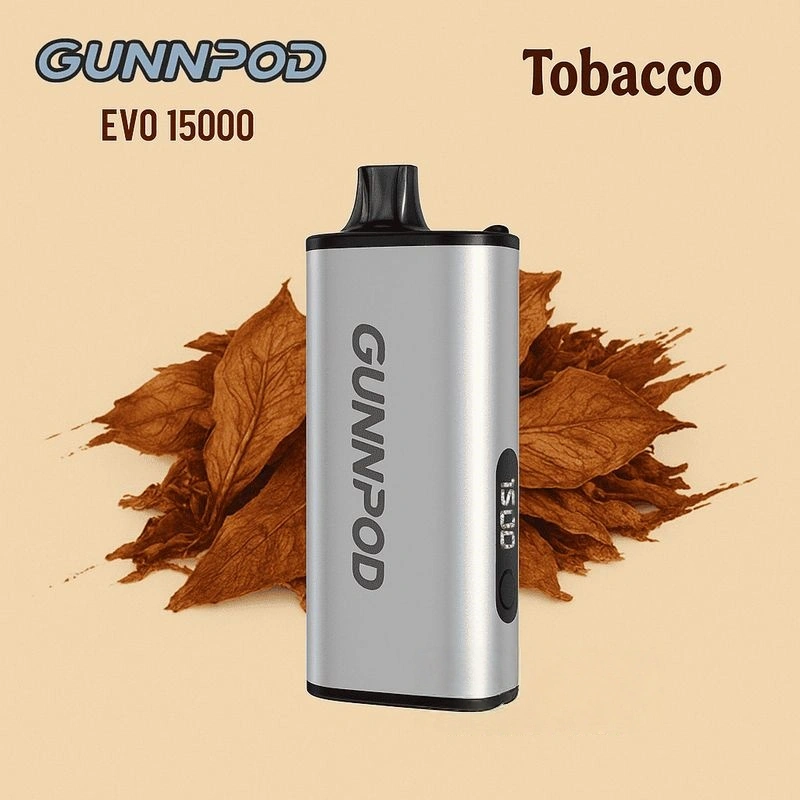Blog
The Evolution of Australia’s Vape Industry in 2025

Exploring the key trends, regulatory shifts, and technological innovations shaping the future of vaping in Australia.
Introduction
In 2025, Australia's vape industry stands at a crossroads of innovation, regulation, and changing societal attitudes. Once viewed primarily as a smoking cessation tool, vaping has evolved into a sophisticated industry with diverse product offerings, a vibrant community, and complex regulatory frameworks. This article delves into the major trends and developments defining the Australian vape landscape in 2025, from policy changes to technological breakthroughs and market dynamics.

The modern vape market offers a wide range of products tailored to different user preferences.
Regulatory Landscape in 2025
Australia's approach to vaping regulation has undergone significant changes in recent years, with 2025 marking a pivotal year for policy implementation. The Therapeutic Goods Administration (TGA) has taken a more proactive stance, balancing public health concerns with consumer access.
- Prescription-Only Nicotine Vapes: As of 2025, nicotine-containing vaping products remain available only by prescription. However, the TGA has streamlined the prescription process, allowing qualified healthcare providers to issue prescriptions more efficiently.
- Strict Product Standards: All vape products must meet rigorous safety and quality standards, including limits on nicotine concentration, ingredient transparency, and child-resistant packaging.
- Marketing Restrictions: Advertising of vape products is heavily restricted, with bans on promoting flavors, health claims, and targeting youth. Social media and online marketing are also tightly regulated.
- Import Controls: Importing vape products without proper authorization is prohibited, with customs officials cracking down on illegal shipments.
| Regulation | Implementation Date | Impact |
|---|---|---|
| Nicotine Prescription Scheme | January 2024 | Legal access to nicotine vapes increased by 35% among adults |
| Product Standardization | July 2024 | 90% of products now meet safety benchmarks |
| Flavor Restrictions | October 2024 | Sales of fruit and dessert flavors decreased by 42% |
Market Trends and Consumer Behavior
The Australian vape market has experienced significant shifts in recent years, driven by regulatory changes, technological advancements, and evolving consumer preferences.
Despite regulatory challenges, the vape market in Australia continues to grow, with an estimated 1.3 million adult vapers in 2025. Market research firm IBISWorld projects the industry to reach $800 million in revenue by the end of the year, growing at an annual rate of 7.2%.
Consumer preferences have evolved significantly, with a growing demand for:
- Disposable Vapes: Convenience-driven consumers are increasingly turning to disposable devices, which now account for 45% of market share.
- Nicotine Salts: Smooth throat hit and faster nicotine delivery make nicotine salts popular among ex-smokers, representing 60% of nicotine-based vape sales.
- Native Australian Flavors: There is a rising interest in locally inspired flavors such as eucalyptus, lemon myrtle, and quandong, reflecting a broader trend toward cultural authenticity.
Sustainability Focus
Eco-conscious consumers are driving demand for sustainable vape products. Brands are responding with refillable pods, recyclable packaging, and battery recycling programs. In 2025, 30% of vapers actively seek out environmentally friendly options.
Wellness Integration
Vaping is increasingly being integrated into wellness routines, with CBD-infused vapes and nicotine-free options gaining popularity. The wellness segment has grown by 25% in the past year alone.
Technological Innovations
2025 has seen remarkable technological advancements in the vape industry, enhancing user experience, safety, and efficiency.
Modern vape devices now incorporate cutting-edge technology:
- Smart Connectivity: Many devices feature Bluetooth connectivity, allowing users to track usage, adjust settings, and receive safety alerts via smartphone apps.
- Temperature Control: Precise temperature regulation prevents overheating and ensures consistent vapor quality.
- Longer Battery Life: Improved battery technology offers all-day use with rapid charging capabilities.
Developments in e-liquid formulations include:
- High-Purity Ingredients: Premium e-liquids use pharmaceutical-grade ingredients for a cleaner taste and smoother experience.
- Customizable Flavor Profiles: Some brands offer personalized flavor mixing services, allowing users to create unique blends.
- Reduced Chemical Additives: There is a growing trend toward simpler formulations with fewer additives and artificial ingredients.

Smart vape devices with connectivity features are becoming increasingly popular.
Health and Safety Considerations
Public health remains a central concern in the vape debate. While vaping is widely recognized as less harmful than smoking, ongoing research focuses on long-term effects and youth uptake.
The Australian Medical Association (AMA) acknowledges vaping as a harm reduction tool for smokers who cannot quit through other methods. A 2025 study by the University of Melbourne found that adult vapers who previously smoked experienced a 40% reduction in respiratory symptoms within six months.
Preventing youth uptake remains a priority. New initiatives include:
- Mandatory age verification systems at point of sale
- School-based education programs
- Restrictions on flavors and packaging that may appeal to minors
Stringent safety standards have significantly reduced risks associated with vaping. Incidents of battery explosions and leaks have decreased by 65% since the implementation of stricter regulations in 2024.
Social and Cultural Impact
Vaping has become more than just a habit; it has evolved into a cultural phenomenon with its own communities, events, and influencers.
Online forums and social media groups have created vibrant communities where vapers share tips, reviews, and experiences. Offline, vape conventions and meetups attract thousands of enthusiasts each year.
Social acceptance of vaping has increased, particularly in urban areas. However, stigma remains in some circles, with concerns about secondhand vapor and normalization of nicotine use.
Challenges and Controversies
Despite its growth, the vape industry faces significant challenges and ongoing debates.
The illegal importation and sale of unregulated vape products remain a major issue. A 2025 report by the Australian Border Force revealed that seizures of illegal vape products had increased by 80% compared to the previous year.
Conflicting messages about vaping's safety contribute to public confusion. While health authorities acknowledge its potential as a harm reduction tool, concerns about youth addiction and long-term effects persist.
Australia's strict regulatory approach faces criticism from some international organizations, which argue that overly restrictive policies may limit access to potentially life-saving alternatives for smokers.
Future Outlook
Looking ahead, several trends are likely to shape the Australian vape industry in the coming years:
Further Regulatory Refinement
Regulations will continue to evolve, with potential adjustments to prescription requirements, flavor restrictions, and advertising rules based on emerging evidence.
Technological Advancements
Expect continued innovation in device technology, including longer-lasting batteries, smarter features, and more efficient vaporization systems.
Expansion of Wellness Offerings
The integration of vaping with wellness trends is expected to grow, with more products incorporating CBD, herbal blends, and other wellness-focused ingredients.
Increased Focus on Sustainability
Eco-friendly practices will become standard, with brands investing in recyclable materials, carbon-neutral production, and waste reduction initiatives.
Conclusion
In 2025, Australia's vape industry is a complex and dynamic landscape, shaped by regulation, innovation, and shifting societal attitudes. While challenges remain, the industry's future looks promising, with opportunities for growth, responsible innovation, and improved public health outcomes. As the industry continues to evolve, collaboration between regulators, manufacturers, and public health experts will be crucial to ensuring that vaping remains a viable harm reduction tool while minimizing risks to vulnerable populations.
